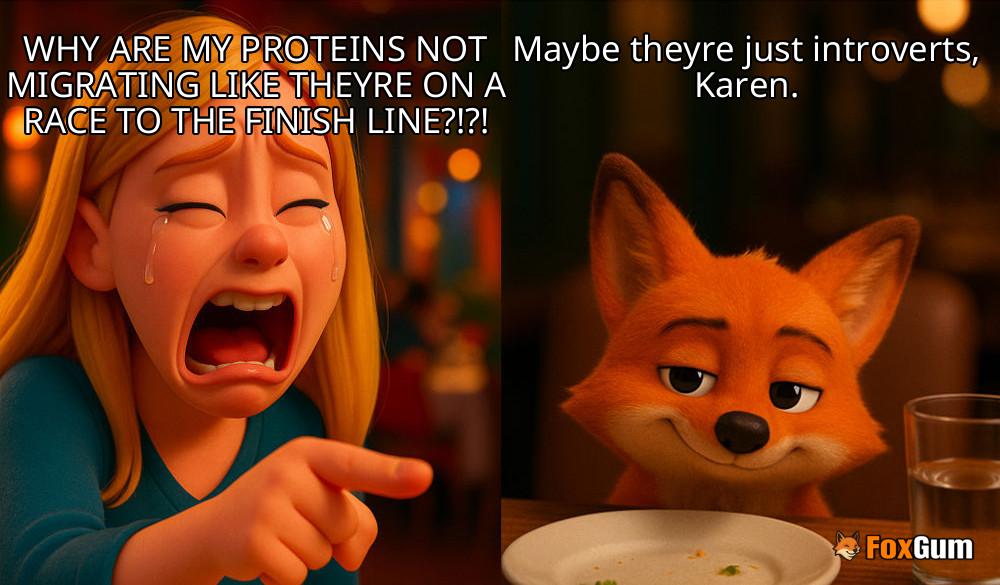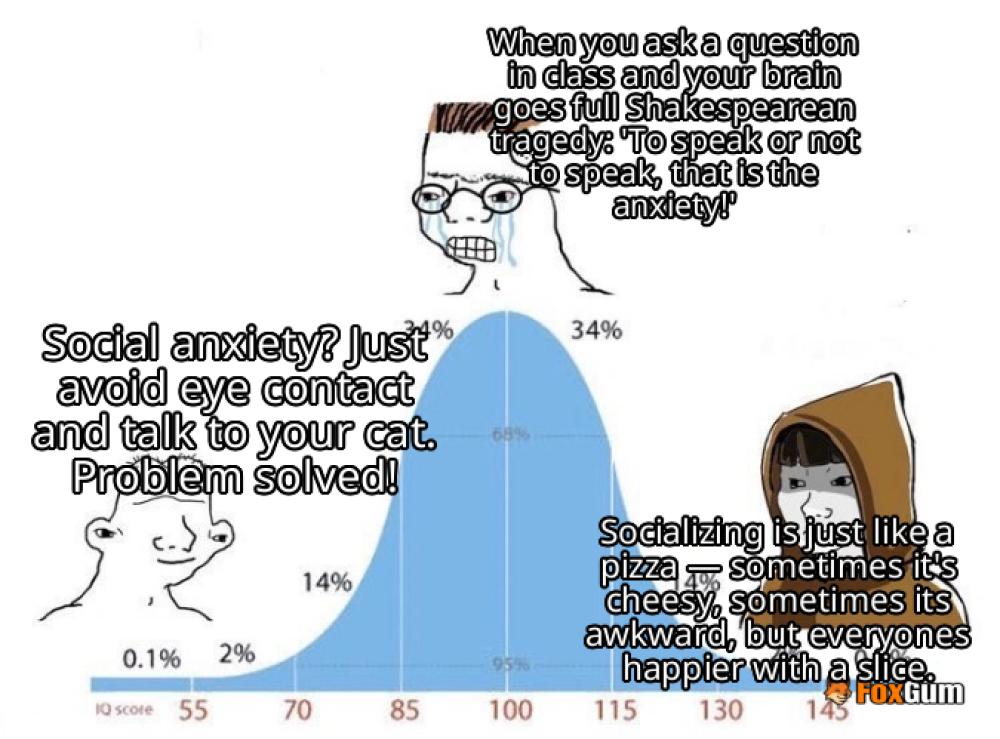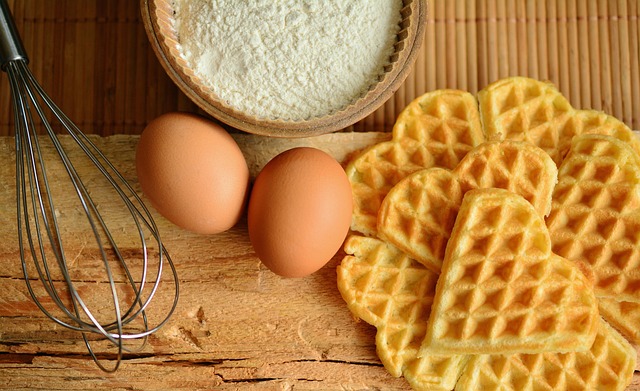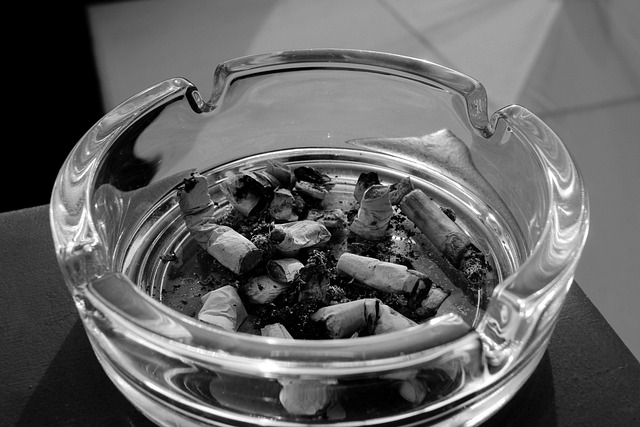
Unpacking SDS-PAGE: The Science Behind Protein Separation
Ah, SDS-PAGE! The superhero of the biochemistry lab! 🦸♂️ If you’ve ever wondered how scientists separate proteins like a magician pulls rabbits out of hats, you’re in for a treat. This nifty technique is all about using a polyacrylamide gel to separate proteins based on their mass. Yes, you heard that right! It’s like a gym for proteins, where they flex their muscles and show off their weight! 💪
So, what’s the deal with SDS-PAGE? Let’s break it down, shall we?
What is SDS-PAGE?
SDS-PAGE stands for Sodium Dodecyl Sulfate Polyacrylamide Gel Electrophoresis. Phew! Quite a mouthful, huh? 😅 But don’t let the name scare you off. At its core, it’s a method that separates proteins in a gel based on their size. Think of it as a race where the smallest proteins zoom ahead while the bigger ones lag behind. 🏃♂️💨
How Does It Work?
- Sodium Dodecyl Sulfate (SDS): This is a detergent that denatures proteins, giving them a negative charge. So, it’s like giving your proteins a makeover before the big show! 💁♂️
- Polyacrylamide Gel: This gel acts as a sieve, allowing smaller proteins to pass through more easily than larger ones. Imagine a crowded club where only the tiniest party-goers can get to the dance floor! 🕺
- Electrophoresis: When an electric current is applied, the negatively charged proteins move towards the positive electrode. It’s like a high-stakes game of tag, but with proteins! ⚡
After the proteins have raced through the gel, they can be visualized using various staining techniques. Voilà! You now have a beautiful banding pattern that tells you all about the proteins in your sample. 🎨
Why Use SDS-PAGE?
Using SDS-PAGE is like having a backstage pass to the world of proteins. It allows researchers to:
- Determine the molecular weight of proteins.
- Analyze protein purity.
- Study protein-protein interactions.
Plus, it’s a staple technique in many labs, making it a rite of passage for budding biochemists. 🎓
In Conclusion
SDS-PAGE may sound complex, but it’s really just a clever way to separate proteins. Whether you’re a seasoned scientist or a curious newbie, understanding this technique is essential for diving deeper into the fascinating world of biochemistry. So next time you hear “SDS-PAGE,” you can nod knowingly and maybe even impress your friends with your newfound knowledge! 🧠✨

















 Endorsements in NBA 2K26
Endorsements in NBA 2K26 
 Health
Health  Fitness
Fitness  Lifestyle
Lifestyle  Tech
Tech  Travel
Travel  Food
Food  Education
Education  Parenting
Parenting  Career & Work
Career & Work  Hobbies
Hobbies  Wellness
Wellness  Beauty
Beauty  Cars
Cars  Art
Art  Science
Science  Culture
Culture  Books
Books  Music
Music  Movies
Movies  Gaming
Gaming  Sports
Sports  Nature
Nature  Home & Garden
Home & Garden  Business & Finance
Business & Finance  Relationships
Relationships  Pets
Pets  Shopping
Shopping  Mindset & Inspiration
Mindset & Inspiration  Environment
Environment  Gadgets
Gadgets  Politics
Politics 